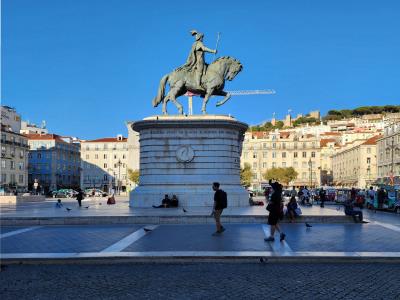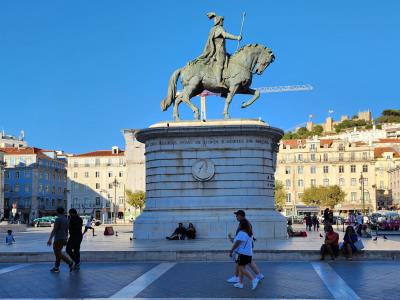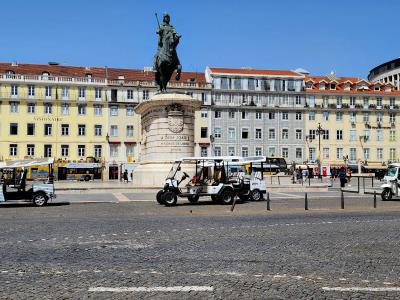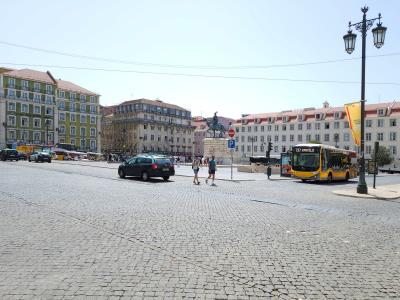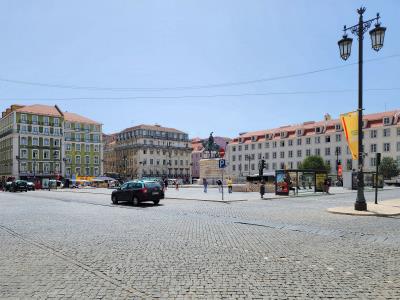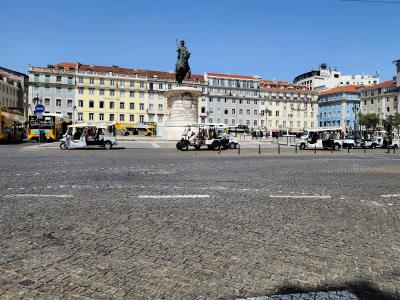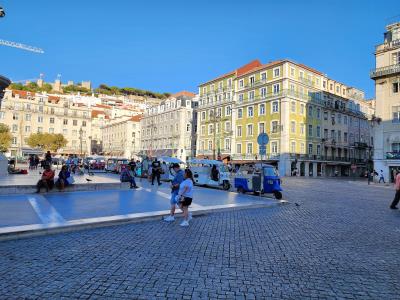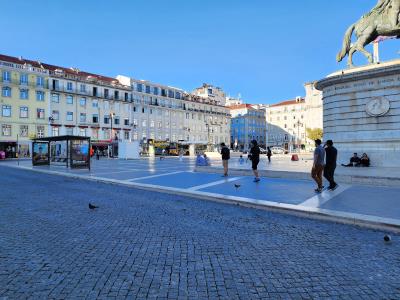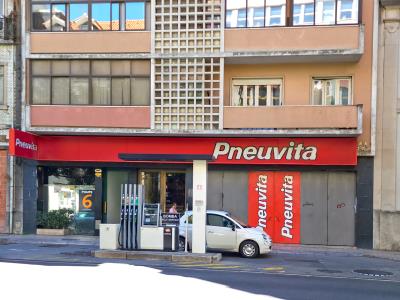Day 13 8/20/2023
Portugal - Lisbon
Frank's Trip
CLICK on any image to enlarge - use mouse cursor to move enlargement it if doesn't fit area
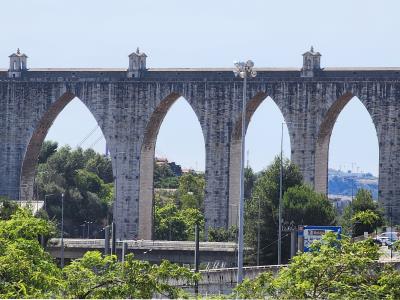
Aqueduct Just Out of Reach...
Today had one of the few places I have been able to see, but not quite get to - the Aquas Livres Aqueduct - a nominee for World Heritage Site status. I was pretty well whipped so I didn't go for much else this day. This trip is proving exhausting. My mind sees things and says "I can do that today" but my body has a bad habit of saying "NO YOU CAN'T".
The ubiquitous plastic bags that we see everywhere from the ground to tree branches aren't in Portugal. In 2 weeks here I have yet to see a single plastic bag. WHY? The answer is easy! Everyone here charges for bags. The nearby supermarket where I get Cokes, chips and cookies charges € 0.20 (about US$ 0.22) per bag - though they are good quality bags that can easily be reused multiple times. Even McDonalds charges € 0.30 for their cheapie, non-reusable paper bags. So everyone brings their own bags.
Sluggish?
Need to get things moving?
Here's the answer!
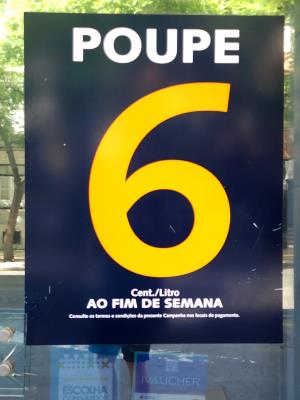
I got a good laugh at this sign at a petrol station in Lisbon :-)
It seems to mean "save 6 on the weekend"
 Águas Livres Aqueduct
Águas Livres Aqueduct
Not yet officially a World Heritage Site, but a Nominee.
The aqueduct, commissioned by King John V, was built between 1731 and 1799. The whole system stretches for 36 miles from Sintra area to Lisbon. At the time of construction, it contained the world's largest pointed arch with a height of 213 ft and a width of 95 ft, it was also the last classical aqueduct to be built anywhere in the world. Águas Livres Aqueduct survived the earthquake of 1755, and only stopped supplying water to the city in the 1960s
This proved, for me, to be one of those places that "you can't get there from here". With a lot of time, effort and walking I did manage to get some pictures showing the most prominent arches.
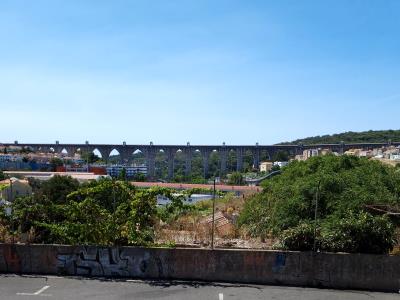

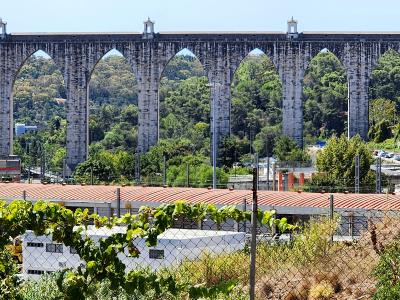
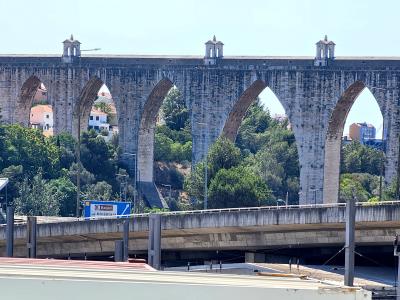
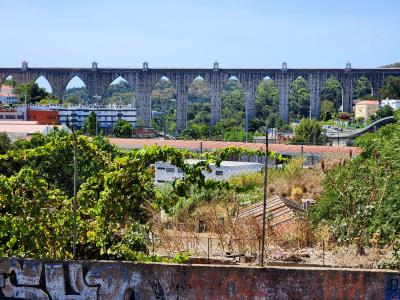
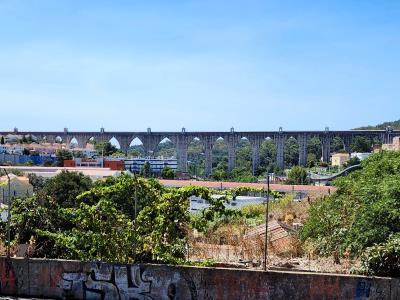
Praca Dom Pedro IV / Rossio Square
It has been one of Portugal’s main squares since the Middle Ages. The plaza has seen bullfights, executions, revolts, festivals, and long been a popular spot for meeting friends and people-watching.
At the base of the 89-foot tall column are four female figures, representing Justice, Wisdom, Strength, and Moderation. Many people say the bronze sculpture at the top of the column was actually a likeness of Mexico’s Emperor Maximilian, and that Lisbon bought the statue at a discount when Maxmillian passed away.
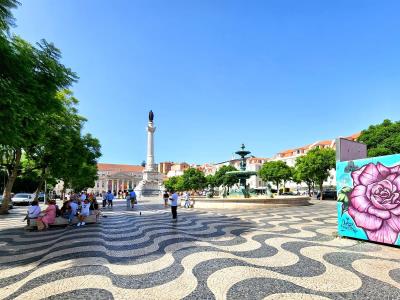
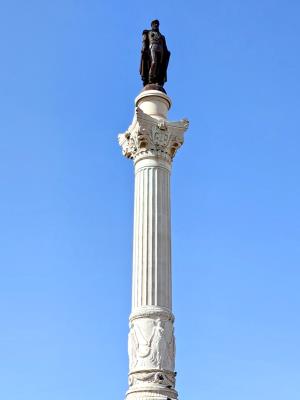
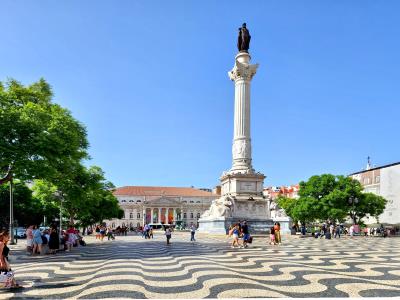
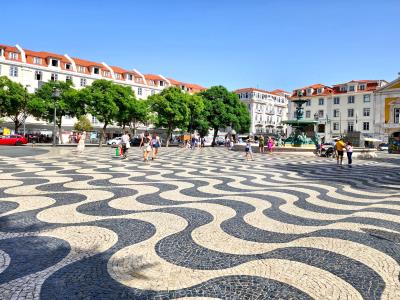
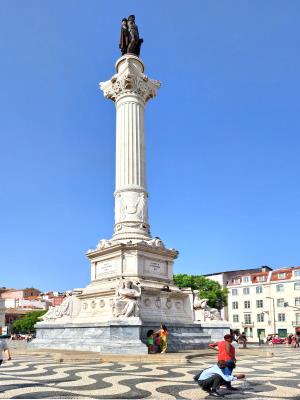
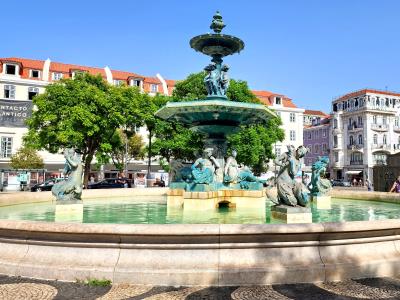
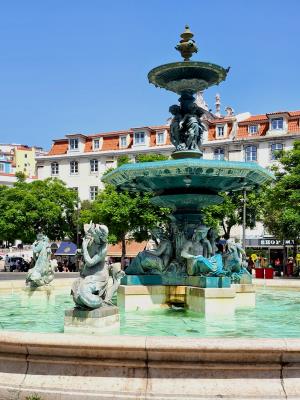
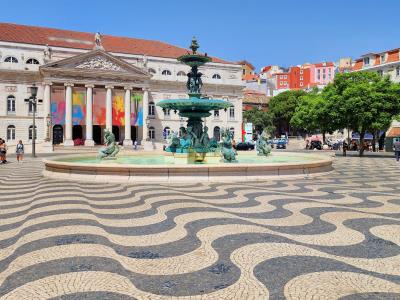
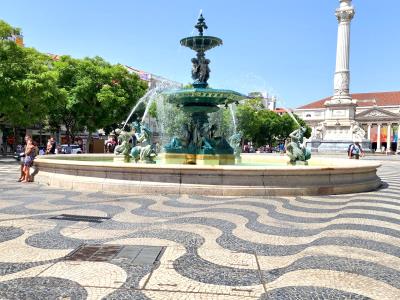
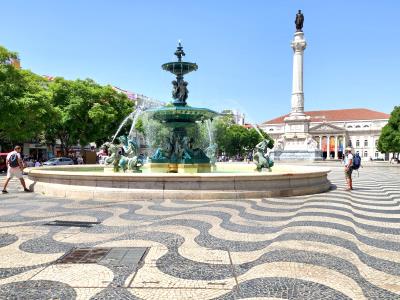
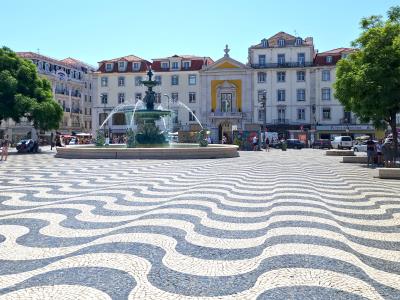
Dona Maria II National Theatre
The National Theatre Dona Maria II was founded in 1842. It replaced the old Estaus Palace, the headquarters of the Portuguese Inquisition since the mid-fifteenth century.
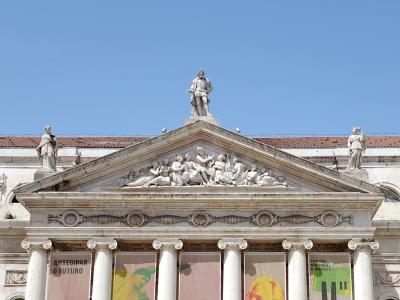
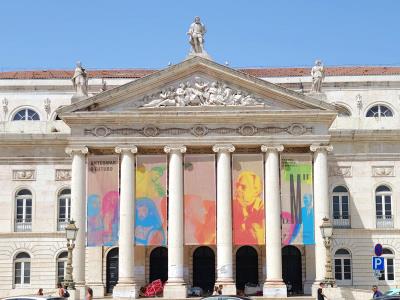
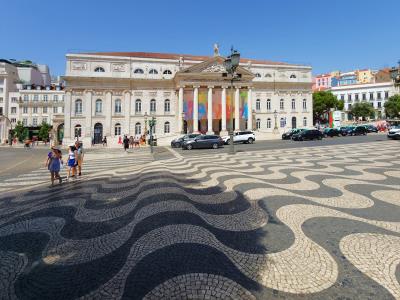
Cafe Nicola on Rossio Square
On the western side of Rossio Square is Café Nicola – a 200-year-old café with an art deco facade is a longtime favorite meeting spot for many of Lisbon’s artists, politicians, and writers.
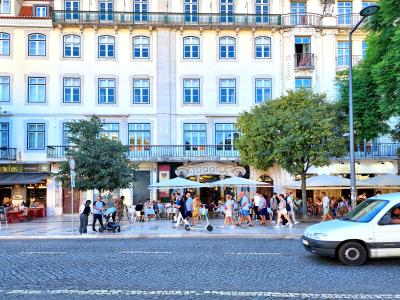
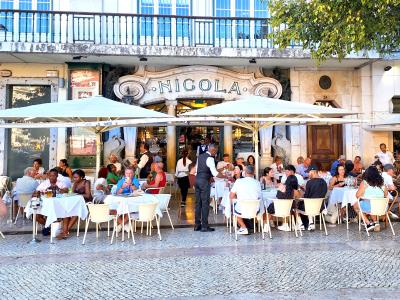
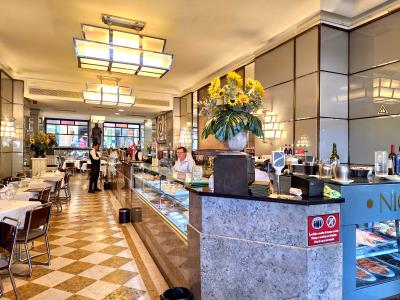
Rossio Train Station on Rossio Square
Rossio Train Station, with its beautiful façade designed by Jose Luis Monteiro in 1887 can be found on the north-western side of the plaza.
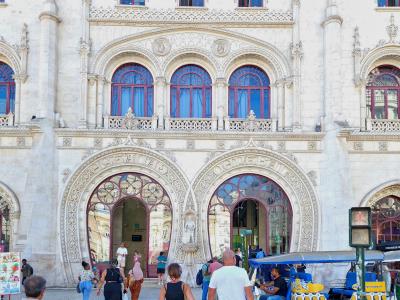
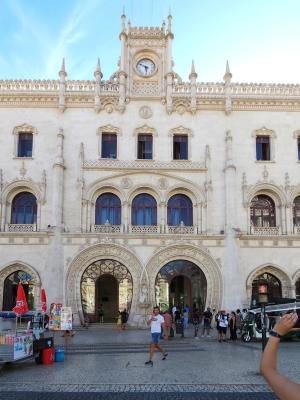
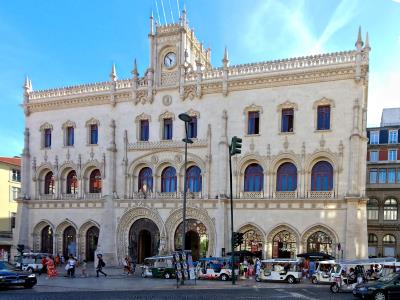
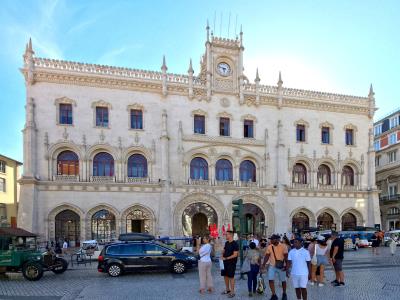
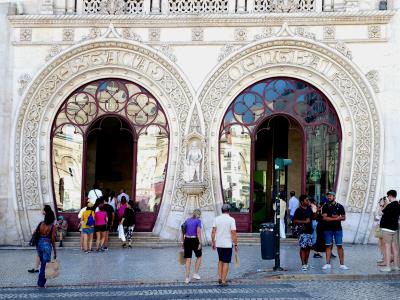
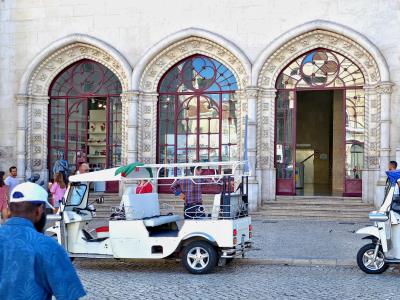
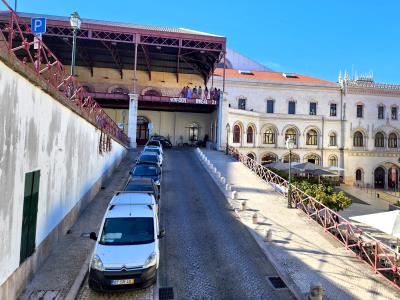
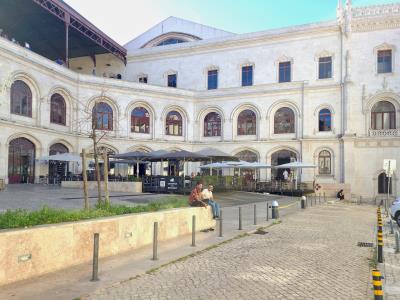
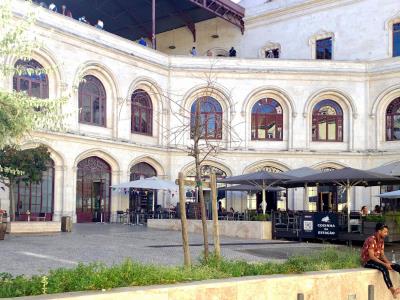
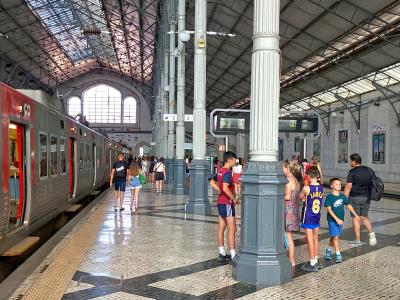
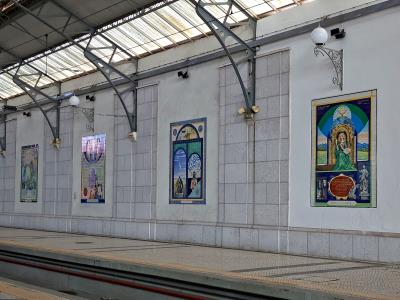
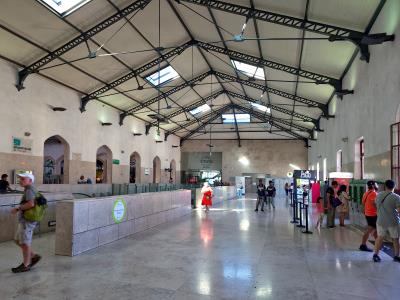
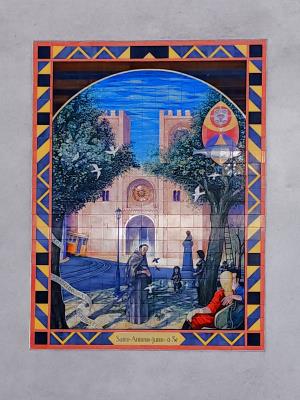
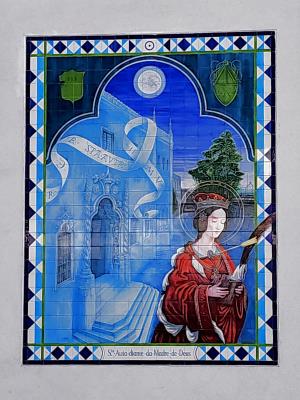
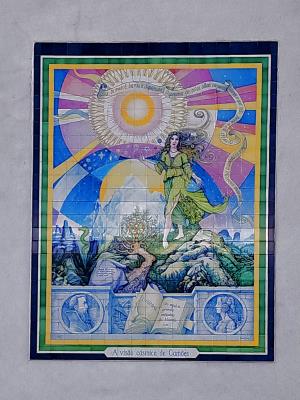
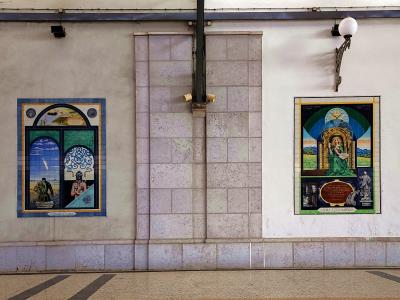
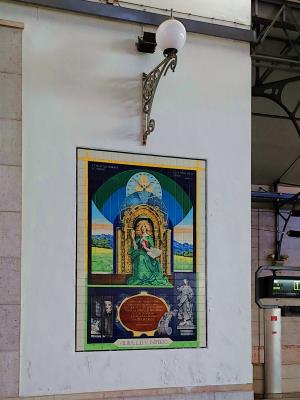
Praca da Figueira / Fig Tree Square
Praça da Figueira came into being some years after the earthquake of 1755 destroyed the buildings that were previously there. The name translates as fig tree square, although there is little sign of the original trees. It was home to one of Lisbon's main outdoor markets. Towards the end of the 19th century the market here had become a semi-permanent fixture with a covered area. It was only in 1949 that the market was torn down and replaced by the Praça da Figueira we see today. The center of the plaza features a large bronze statue of King João I of Portugal, who secured Portuguese independence from Spain and reigned here for nearly 50 years from 1385 to 1433.
